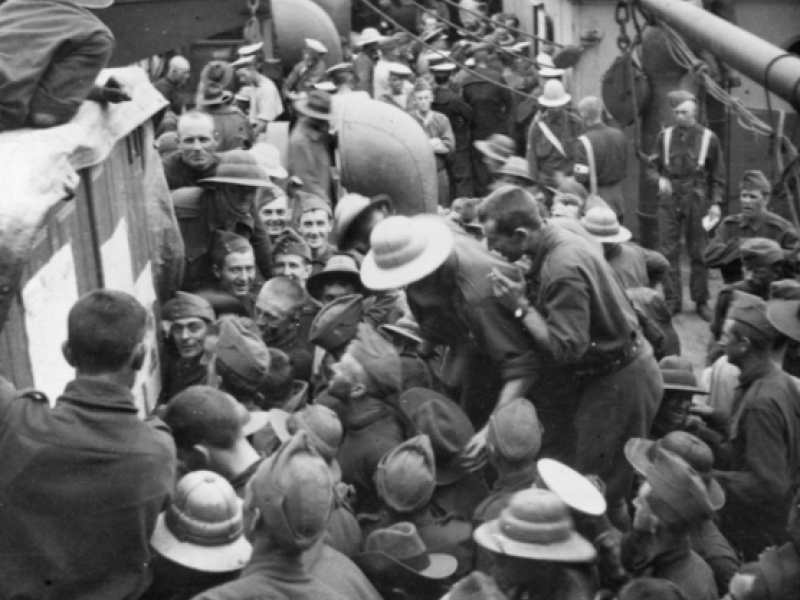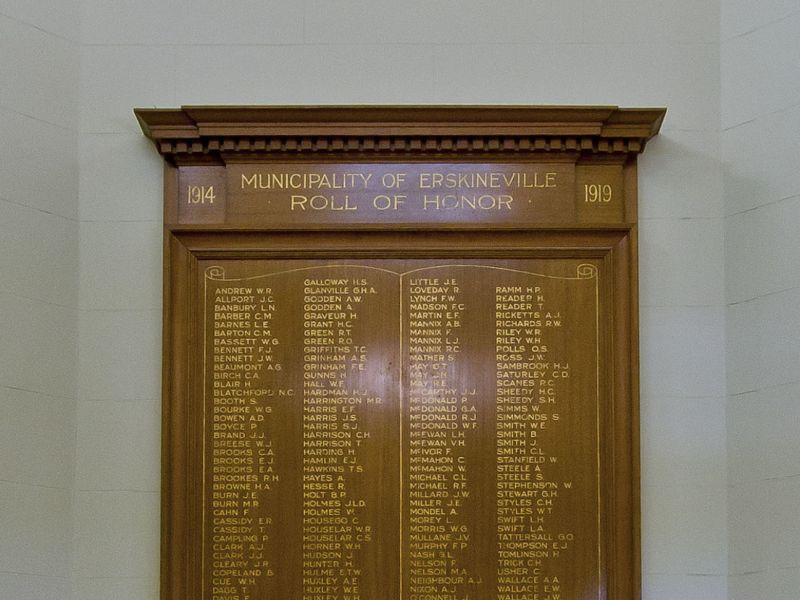Sergeant Frank Alfred Tibbey, 1st Battalion, Australian Naval and Military Expeditionary Force
Frank Tibbey was born in Leichardt, Sydney on 20 October 1890, the eldest son of Jack and Ada Tibbey. He attended Erskineville Superior Public School, and later became a fitter and turner by trade.
Tibbey also served with the 24th Infantry in Sydney for six years. There he honed his skills and became an excellent marksman, winning four medals in local shield competitions in the years prior to the war.
With the outbreak of war in Europe in 1914, Australia was immediately asked to seize the German colony in New Guinea and destroy their wireless networks in the region.
Enlistments opened on 11 August and the Australian Naval and Military Expeditionary Force (AN&MEF) was hastily formed, Frank Tibbey among them. With his prior militia service and leadership qualities, he was promoted to sergeant and assigned to E Company, 1st Infantry Battalion.
The expeditionary force departed Sydney on 19 August aboard the troopship Berrima. They steamed up the east coast of Australia, accompanied by ships of the Royal Australian Navy.
Three weeks later they landed at Rabaul. After brief fighting, the small German force surrendered. Now under Australian military administration, the next task was to search the colony for remaining resistance and occupy key areas.
In early December 1914, Tibbey and 60 men were assigned to continue westwards along the northern coast of mainland New Guinea to occupy the settlement of Eitape. They set off from Friedrich-Wilhelmshafen (now known as Madang), on a little mission steamer named the SS Gabriel. Arriving a few days later on 4 December, they took possession of Eitape without incident.
There was little to do in this isolated place, except routine military duties and trying to stay cool in the oppressive humidity. The beach, known for its big surf, became a popular place to spend free time.
On the afternoon of 21 December 1914, Tibbey and several comrades were enjoying a swim. Tibbey was learning to “shoot breakers” in the surf when he was unexpectedly dumped by a big wave. He initially seemed okay but complained of a sore back which he hoped to shake off.
The next day Tibbey went out for a walk with Private Crisp, hoping to catch some exotic butterflies but he soon felt ill again, with a severe headache adding to his painful back. Hopeful he would soon recover, Tibbey tried to tough it out. But the following day he was laid low, and late that afternoon was brought to the hospital by Company Sergeant Gordon.
Tibbey remained in hospital where the medic did what little he could. The headaches got worse over the next few days until on the afternoon of 29 December, he slipped into unconsciousness and died.
It was eventually discovered that Tibbey had died from a brain haemorrhage caused by a depressed fracture at the base of his skull.
He was 24 years old.
Tibbey was buried at Eitape but his remains were later moved to Lae War Cemetery in Papua New Guinea.
Craig Tibbitts, Historian, Military History Section
- Australian War Memorial https://www.awm.gov.au/collection/AWM2017.1.223

 Australian War Memorial
Australian War Memorial